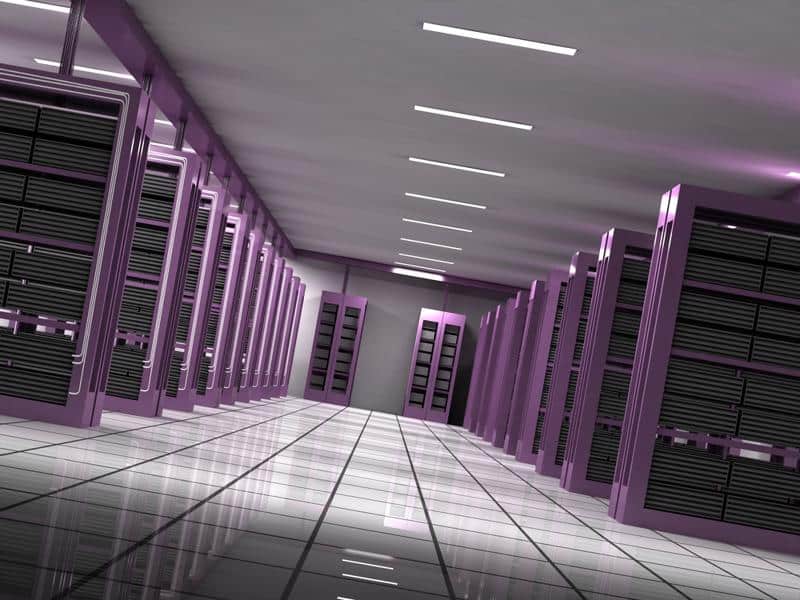In Part 1 of this series, we discussed cold and warm disaster recovery sites and gave reasons for using either. To recap:
- Cold sites are backup computing environments – complete with power equipment, cooling systems and servers – that are comparatively inexpensive, but that take more time to boot up following an emergency.
- Warm sites are similar to cold sites, but these have software already installed – and a backup of company data may already exist on-premises – so the recovery time objective for these sites is considerably shorter.
Now, let’s talk about hot DR sites and see how all of these kinds of disaster recovery plans can help your company maintain business continuity in the event of an emergency.
“Hot sites have the shortest RTO.”
Hot sites: Overview
As disaster recovery strategies go, ones that include a hot site are generally top-of-the-line. BizTech Magazine contributor Mike Chapple compared hot sites to Cadillac cars – nice, runs smoothly and generally more expensive than other options. Hot sites are much like warm ones in that the machines are updated with the software and technology necessary to conduct a full backup in the event that the original computing equipment is incapacitated.
The main difference between hot and warm sites, however, is the fact that the backed up data is already loaded onto the machines.
As a result, hot sites have the shortest RTO because there is minimal loading required to get the equipment in working order. It is also the most expensive of the options because your company has to keep this alternate site up and running even when you’re not using it, as a precautionary measure.
Bringing it together
It’s crucial to have a dedicated DR plan so that when the unthinkable occurs, your company isn’t left high and dry with no data or applications. The Institute for Business and Home Safety found that 25 percent of businesses don’t recover from a major disaster, according to the Small Business Administration. You do not want your company to be on that list. So the question remains: What kind of DR site should you invest in?
 Is a hot site your best option for business continuity?
Is a hot site your best option for business continuity?An important point to note is that by determining the recovery point objectives for your business-critical data, it may be easier to make a decision concerning the nature of your DR plan. Continuity Central Archive’s Charlie Maclean-Bristol noted that it’s important to assess the maximum tolerable period of disruption – or the amount of time it would take for disruption of business to become unacceptable.
To this end, another option would be to consider utilizing a hybrid approach by combining different capabilities of each of these DR solutions. You may be able to utilize one solution that nets you a shorter RTO, which should be the ultimate goal of any strategy.
Which kind of DR site do you think your company would most benefit from? Contact ISG Technology today for more information about how each could impact business continuity for your specific business.
